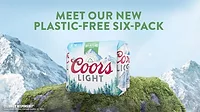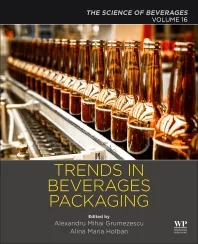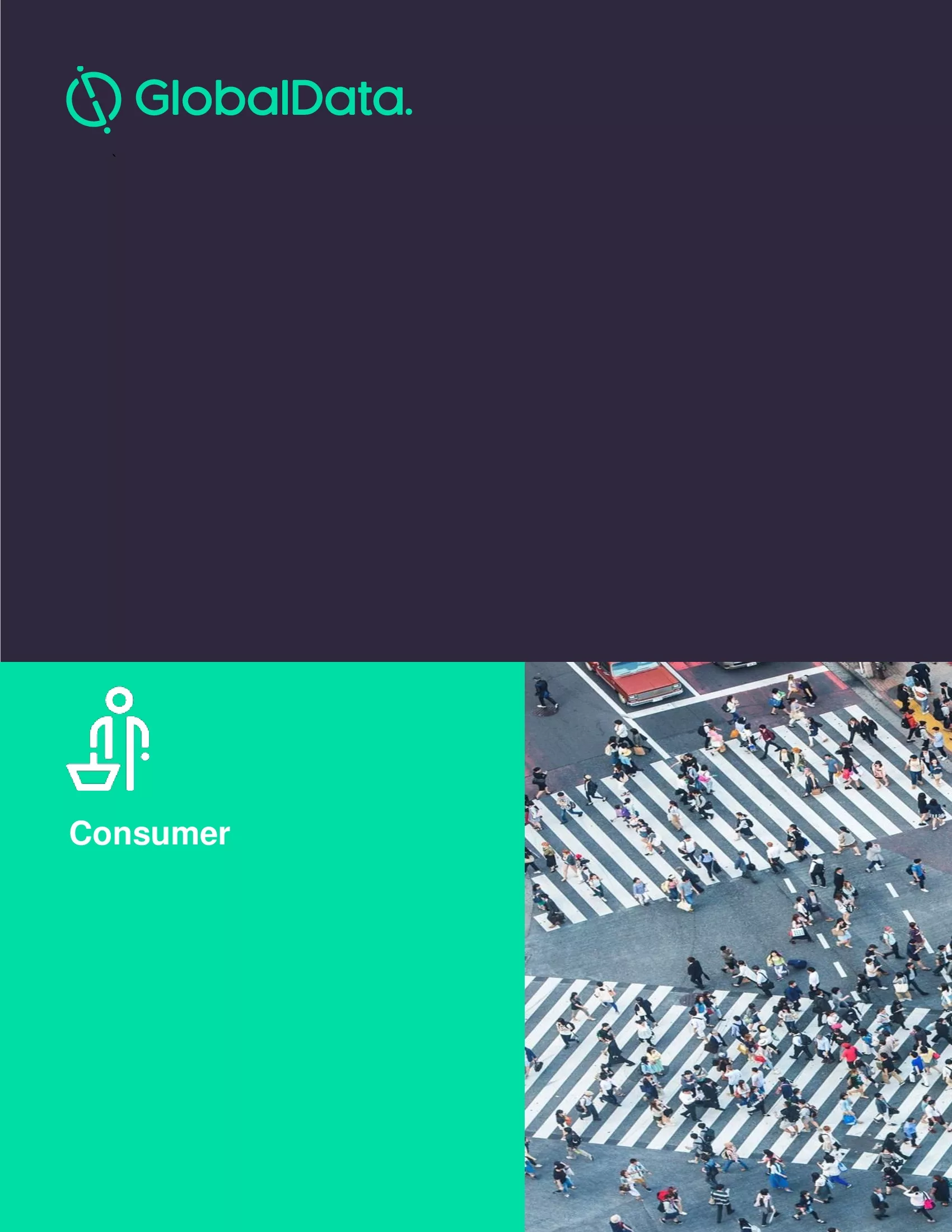Sustainable goals for secondary packaging
New designs inspired by green initiatives
The economy and the environment are at the top of many minds lately. Consumers don’t simply want to save a buck, but they also want to feel like they’re doing some good in the process. Fortunately for secondary packaging manufacturers, a recent focus on sustainability initiatives is delivering cost savings for companies and consumers — all with a reduced environmental impact.
The sustainability trend is encouraging packaging manufacturers to explore solutions that eliminate unnecessary materials while still protecting the value of the product. And with today’s eco-conscious, cost-sensitive consumers, it’s an ideal time for manufacturers to review these options, says Amie Thomas, marketing manager for PakTech, Eugene, Ore.
“Our constant trend is to get greener and greener with our packaging options,” Thomas says. “We’re trying to make the most low-waste, lightest weight solution possible. It’s always been our goal — and it’s even more so now.
Understanding sustainability
As packaging manufacturers look to reduce cost and excess materials in an effort to be more sustainable, an important first step is to understand the true meaning of sustainability, which often can be viewed as synonymous with “green.”
Bob Lilienfeld, editor of The Use Less Stuff (ULS) Report, explained in a May Food & Beverage Packaging magazine webinar, “Secondary Beverage Packaging: Shrinking the Environmental and Economical Impact,” that sustainability is not about creating a “green” package made from reduced, reused, recycled or biodegradable materials.
“From a total lifecycle perspective, [sustainability] is really about delivering maximum product value with minimum economic and environmental impact,” Lilienfeld said.
According to Lilienfeld, sustainability is affecting the beverage industry in three main areas: the lightweighting of primary packaging, more recycled and recyclable materials for carriers and cartons, and bulk packaging that delivers more product with less packaging.
These three areas have inspired manufacturers to use less paper-based products, which reduces weight and costs. Also, Lilienfeld said that moving toward a more sustainable approach has led packaging manufacturers to explore shrink-only solutions, as opposed to shrink and corrugate, because of its cost-effective strength-to-weight ratio.
But with less material comes concerns that the packaging won’t maintain its key responsibility: protecting the product. Lilienfeld cited reports by shrink tunnel equipment manufacturers Douglas Machine, Alexandria, Minn., and Hartness International, Greenville, S.C., that found that shrink-only configurations do, in fact, protect the product as well as shrink and corrugate combinations. However, Lilienfeld noted more testing is necessary to fully validate the findings.
“[Manufacturers] must still remember that the solution with the least material may not be the most sustainable solution if it causes significant product damage or breakage,” Lilienfeld said.
Shrink-only configurations not only make economic sense, but they also have environmental implications. Lilienfeld described lifecycle data that showed switching to only shrink has significant eco-benefits, including creating less landfill waste, greenhouse gases and energy consumption than shrink and corrugate combinations and paperboard configurations.
Last year, Zumbiel Packaging, Hebron, Ky., unveiled WaterFall, a package that makes it easy for consumers to access single servings from shrinkfilm-packaged bottles and cans. Zumbiel’s WaterFall uses a patent pending opening feature in the corrugated pad or tray to dispense the bottles. Consumers simply lay the package on its side, and then tear the opening feature to reach inside the package and grab a container. The remaining portion of the pad provides the rigidity necessary to keep the package from collapsing.
Zumbiel also released TreeHugger, a completely recycled paperboard carton for soft drinks and beer. It uses no trees and requires 46 percent less energy and 81 percent less wastewater to manufacture than a traditional beverage carton, the company says. Production of TreeHugger also generates 53 percent less greenhouse gases and 59 percent less solid waste. TreeHugger looks and feels like a traditional carrier, and it performs the same in manufacturing and distribution, the company adds.
But moving to shrink-only solutions is just one way packaging manufacturers can promote sustainable initiatives. Taking a different approach, Graphic Packaging International Inc. has made sustainability a priority by opting for paper instead of plastics because paper is a renewable resource, says Roxanne McSpadden, director of global beverage marketing for the Marietta, Ga.-based company.
Graphic Packaging’s Cap-it structure, a reduced-weight, fiber-based paperboard solution for bundling PET bottles, is an alternative to plastic rings and shrink film. Gatorade utilized the eco-friendly solution for PET bottles multipacks in GNC stores in January, and McSpadden thinks more companies will follow suit.
“We’re at the beginning stages with this, but we’d love to see it used more broadly, McSpadden says. “We’ve had a number of customers do test markets with it looking for the right launch, and it’s just a matter of time before we see it used across a number of customers and categories.”
For many companies, adding sustainability to their list of top priorities isn’t just about cutting costs and helping the environment — it’s also a way to stay cutting edge in the marketplace. Roberts PolyPro, Charlotte, N.C., actively pursues sustainable solutions to set themselves apart from their competition
Roberts PolyPro is a flat-sheet extruded plastic handle manufacturer, which are thin and can fit more product on each pallet than other industry options, according to Chris Turner, director of sales for Roberts PolyPro’s plastics division.
Many companies have long over-packaged their products without much need to do so, Turner says. He reiterates that the point of secondary packaging is to be a consumer tool to transport products safely from one place to another.
But as consumers continue to have a heightened interest in environmental and economic issues, it seems that more manufacturers will look to sustainability as a way to cut costs and maintain product value.
“Hopefully the initiative will keep gaining momentum because it really helps our company,” Turner says. “Our competitors just can’t compete on it.”
Showcasing the goods
In addition to sustainability, supporting the brand and promoting the primary container design are major goals for secondary packaging manufacturers. When beverage companies innovate, they do so with their primary containers, says McSpadden of Graphic Packaging, so showcasing that innovation is a key opportunity for secondary packaging manufacturers.
“We’ve cut windows in the secondary packaging, so consumers can see what companies are doing with the primary packaging,” McSpadden says. “We support what beverage companies are trying to do on the primary containers, and we’re helping them get attention at the shelf.”
To help grab more attention, McSpadden says that Graphic Packaging often uses gloss finishes and graphics for beverage categories, such as energy and protein drinks. Graphic Packaging also created a box with an open corner for MillerCoors, Chicago, to showcase new Coors Light Aluminum Pints.
“It was first launched as a closed box, but people didn’t know there was a different package inside,” McSpadden says. “Now with the open corner, you see the new aluminum pint inside.”
Adding graphics, windows and other secondary packaging features is an effective way to differentiate the product — and it’s an important tool from a branding standpoint, according to Bill Wagner, director of global marketing for beverage for MeadWestvaco Corp. (MWV), Richmond, Va.
Consumers are presented with numerous beverage options on the shelves, and their choices aren’t decreasing anytime soon. Standing out at the “first moment of truth,” as Wagner puts it, should be of critical concern not only for primary packaging manufacturers but for secondary packaging manufacturers as well.
“The sea of sameness in consumer products is driving a fundamental need for innovation in secondary packaging,” Wagner says. “That innovation comes in a number of forms including structural design, inks, coating and promotional opportunities. Interactive packaging continues to be of interest to brand owners as they try to reach their customers in new and unique ways.”
And to reach those customers in innovative ways, MWV invests in consumer insights to learn more about its customer base. By studying how a consumer interacts with secondary packaging and how that interaction affects their perception of the brand, MWV can develop a refined strategy for structural designs, material choices and automation requirements, Wagner says.
Modern machinery
As product differentiation continues to affect the decisions of secondary packaging manufacturers, the need for flexibility throughout the supply chain is essential. Unfortunately, traditional packaging equipment often can’t meet modern flexibility demands.
To facilitate the expansion of its injection-molded recyclable HDPE handles, PakTech recently improved the automatic application of its canned handles with the canned carrier applicator (CCA) 600, which was introduced in late 2010. At 600 cans a minute, the lower speed model is targeted toward PakTech’s craft brewers and higher-end beverage producers, Thomas says.
PakTech also features a CCA 1200 model. Running 1,200 cans a minute, the machine meets the needs of the majority of customers — as most canned lines run at 1,100 cans a minute, Thomas says. PakTech also has a CCA 2400 with fully robotic loading and unloading options that the company is in the process of building.
“We just keep continuing innovations with robotics in application and find that they allow for a lot of flexibility,” Thomas says. “At the processing line, we like our machine to adjust to all the other pieces of equipment on the line.”
Five years ago, the use of robotics was out reach for most clients, Thomas says, but today, the technology has proven a useful and cost-effective investment for processers, and Thomas says PakTech will continue to explore its possibilities.
For Graphic Packaging, machines that can manage a variety of product types are the focus. The company recently launched a new generation of its Quickflex 600, Quickflex 2100 and Twin-Stack brands. The Twin-Stack machine is of special interest to many clients because it enables multiple primary containers to run across the same machine in a single layer or double layer, depending on the style of package desired, McSpadden says.
“Our machines handle variety better — enhanced capabilities, quicker changeover, improved ergonomics, increased capability,” she says.
Though cutting-edge machinery technology is essential, it’s important to consider the second part of the equation: sustainability. Roberts PolyPro recently secured a contract with one of the largest private label water companies because its patented single-bottle handle process is fast but also because Roberts PolyPro fit 50 percent more handles on a truckload, Turner says.
With more companies making sustainability initiatives a priority, secondary packaging manufacturers that offer a substantial cost savings will attract more business from their competition, Thomas says.
“Inflation is going to start hitting hard, so companies have to continue taking costs out,” Turner says. “You can’t take costs out of the product, but you can lightweight bottles, caps, secondary packaging. When companies initially start their launches, they’re over-packaging the product. But they’ll eventually have to re-think all of that.”
Looking for a reprint of this article?
From high-res PDFs to custom plaques, order your copy today!







